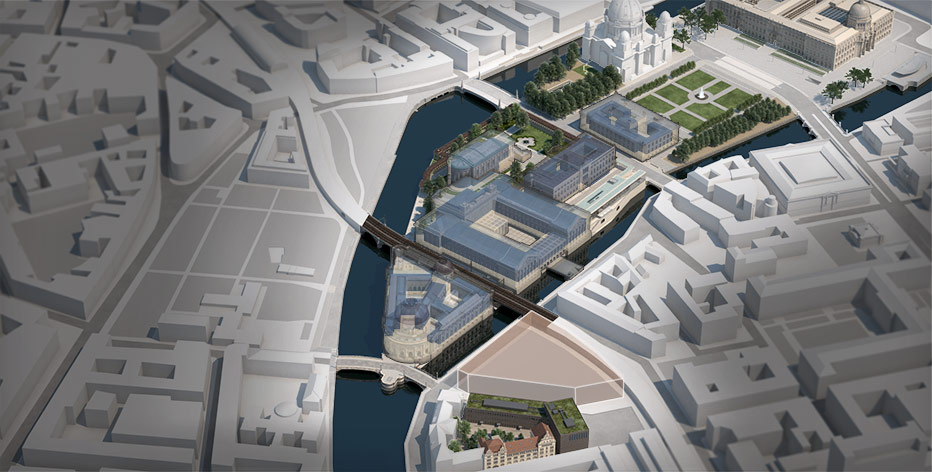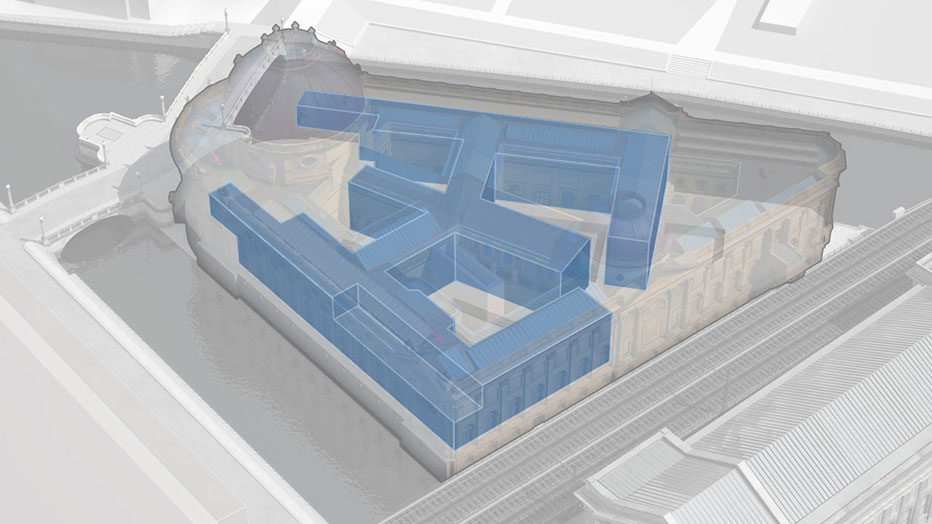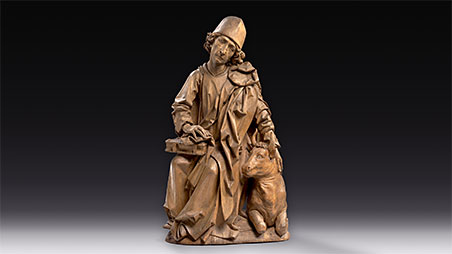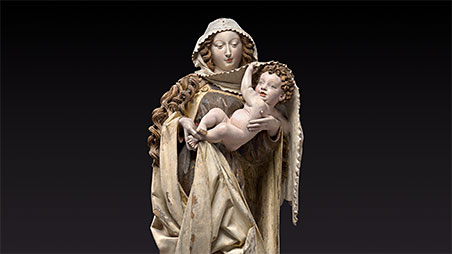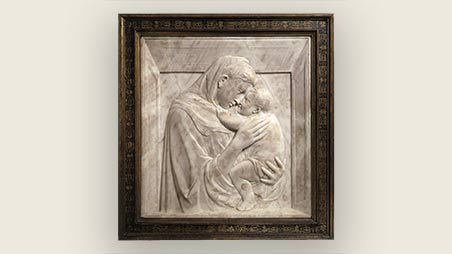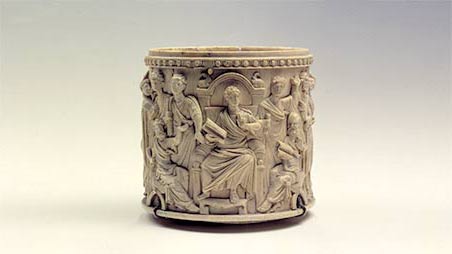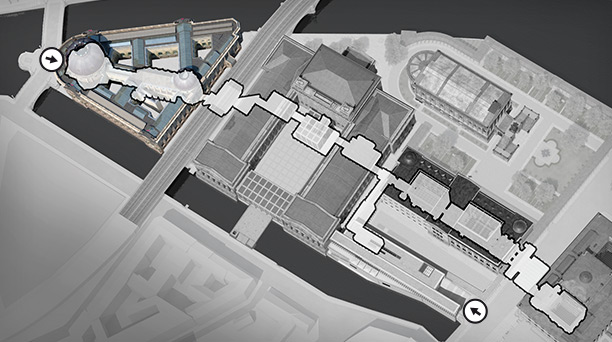Forging a Very Special Link
By presenting both the Sculpture Collection and the Museum of Byzantine Art, the Bode-Museum forges a very special link. Objects from late antiquity and Byzantine times give an impression of the West Roman and East Roman empires, whose art interacted with medieval sculpture in many ways. The focus of the collection is on sarcophagi from Rome, sculptures and architectural ornaments from Constantinople, and objects of everyday Egyptian culture. Following on from that is the rich collection of sculptures from the Gothic period in Italy, as well as from the Renaissance and Baroque. The exhibition includes works of late German Gothic sculpture represented by Tilman Riemenschneider, southern German Renaissance, and last but not least the 18th-century Baroque art of the Prussian state.
